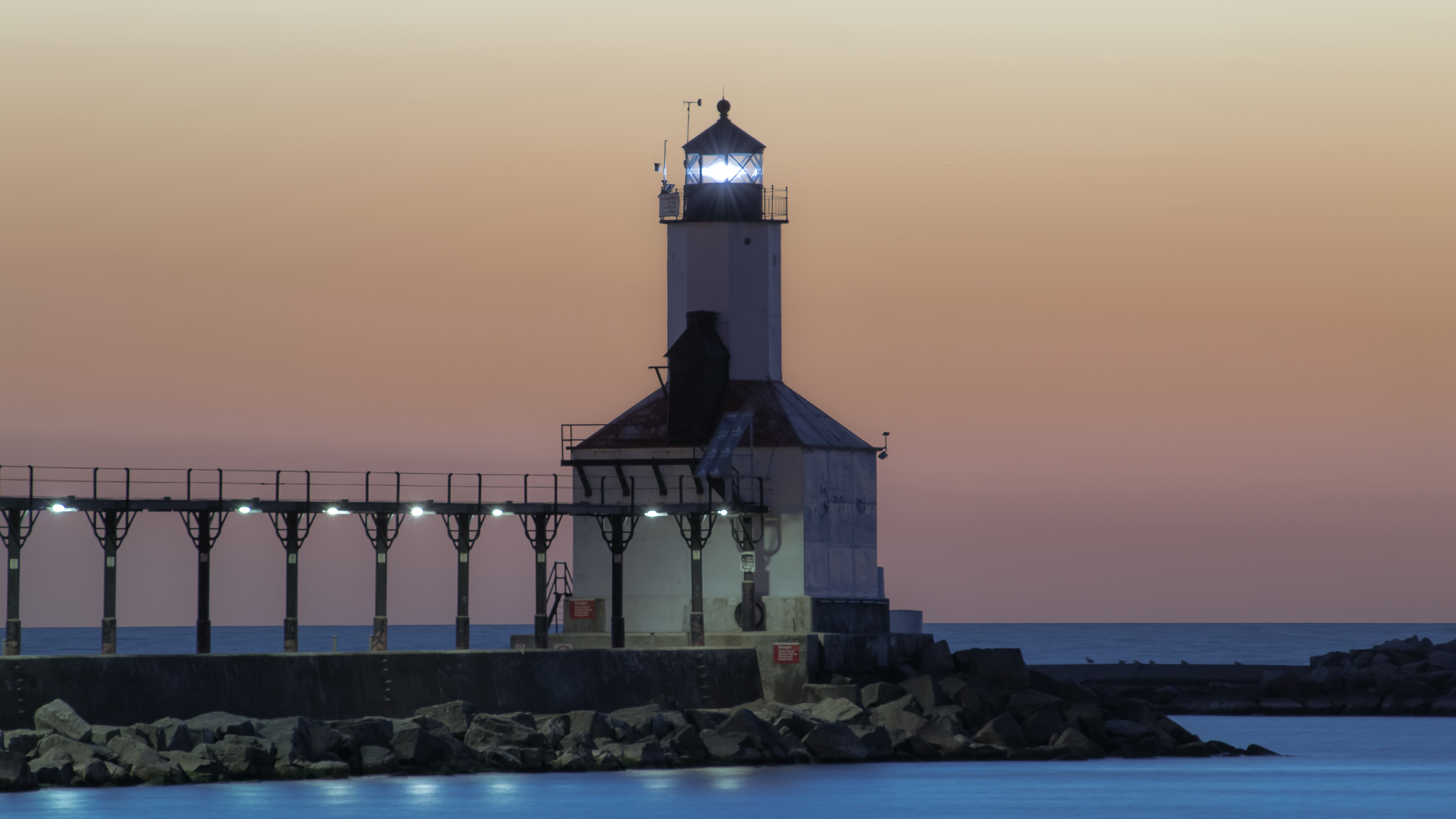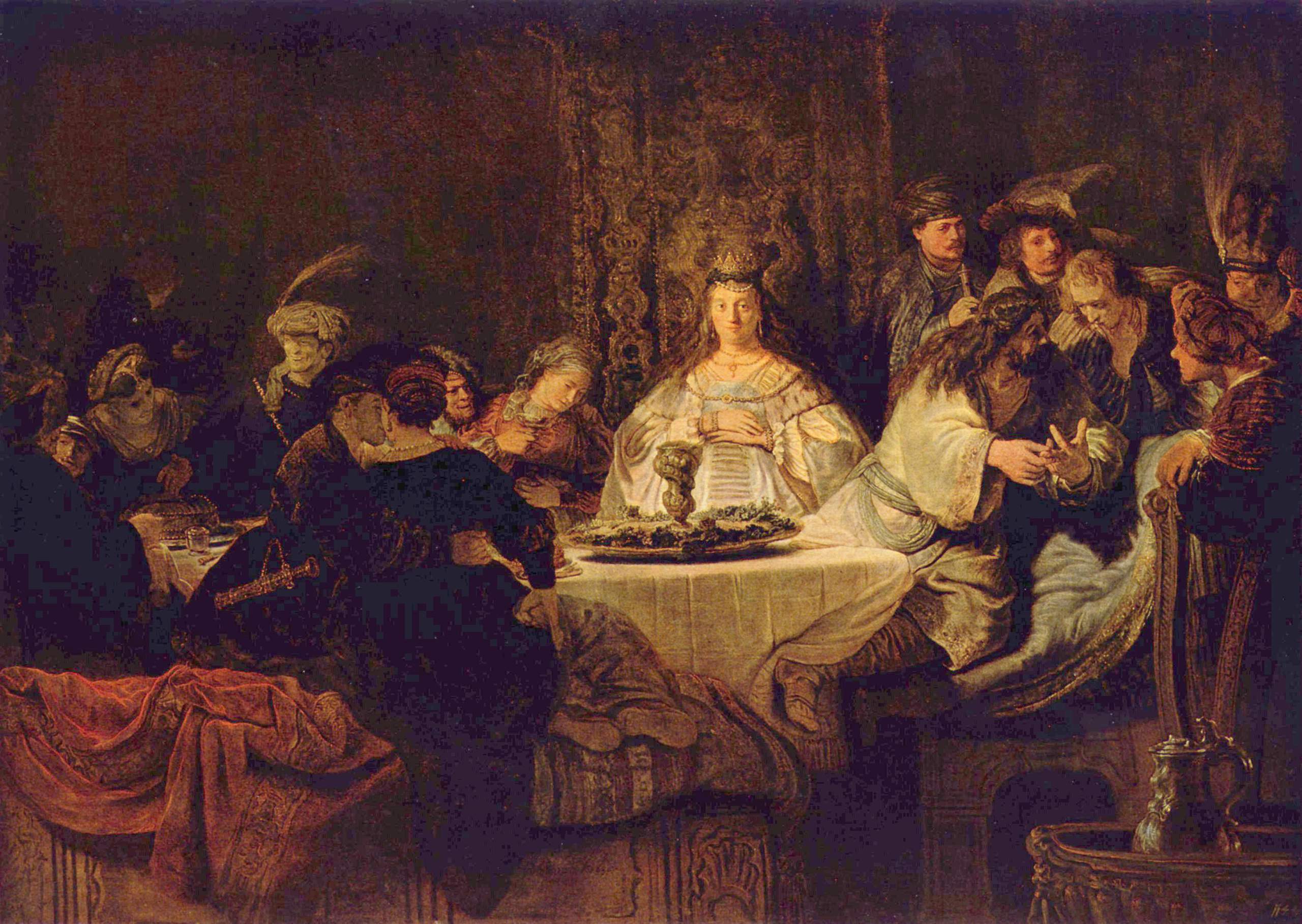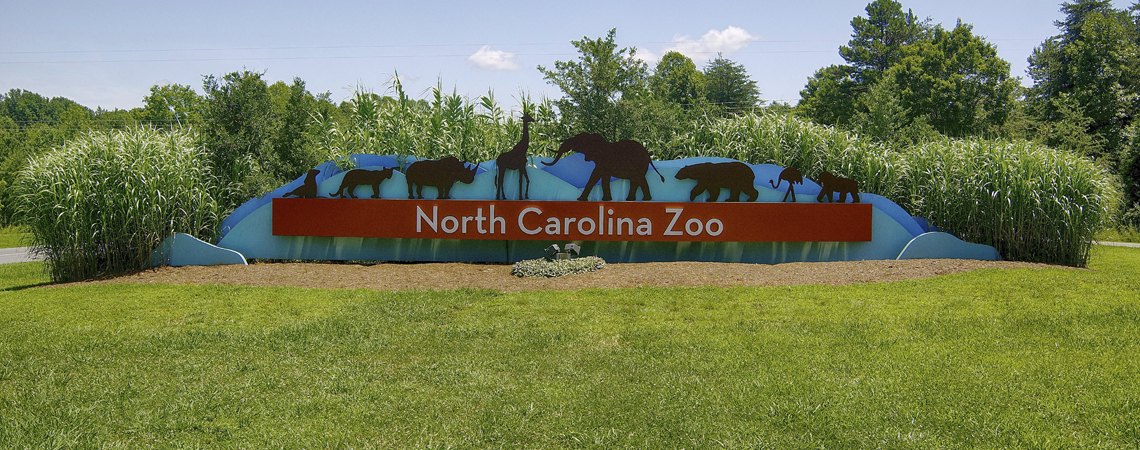|
Washington Park Zoo
The Washington Park Zoo is a zoo located in Washington Park, Michigan City, Indiana, which covers on a hilly sand dune close to the southeastern tip of Lake Michigan. The park and zoo were listed in the National Register of Historic Places in 1991. The zoo exhibits more than 220 animals of 90 species originating throughout the world. Under the zoo's new assessment and initiatives plan, the zoo is being modernized so animals are exhibited in natural settings, surrounded by botanical plantings. Among the exhibits are grizzly bears and Bengal tigers. The Castle building exhibits various educational species like fennec fox, corn snakes, and a living beehive. The Winged Wonders has a walk through aviary. The Farm exhibits miniature domestic horses, donkeys, pigs, and goats which may be fed by guests. History In 1925, a retired animal trainer moved his brown bear "Jake" to the Washington Park lakefront in the hopes that the bear would get more visitors in the park and not be ... [...More Info...] [...Related Items...] OR: [Wikipedia] [Google] [Baidu] |
Michigan City, Indiana
Michigan City is a city in LaPorte County, Indiana, United States. It is one of the two principal cities of the Michigan City-La Porte, Indiana Metropolitan statistical area, which is included in the Chicago-Naperville-Michigan City Combined statistical area. In the region known to locals as Michiana, the city is about east of Chicago and west of South Bend. It had a population of 31,479 at the 2010 census. Michigan City is noted for both its proximity to Indiana Dunes National Park and for bordering Lake Michigan. It receives a fair amount of tourism during the summer, especially by residents of Chicago and nearby cities in Northern Indiana. The lighthouse is a notable symbol of the city and is incorporated in the heading of its sole newspaper, ''The News Dispatch'', and its official seal. History Michigan City's origins date to 1830, when the land for the city was first purchased by Isaac C. Elston, a real estate speculator who had made his fortune in Crawfordsville, Indiana ... [...More Info...] [...Related Items...] OR: [Wikipedia] [Google] [Baidu] |
Works Progress Administration
The Works Progress Administration (WPA; renamed in 1939 as the Work Projects Administration) was an American New Deal agency that employed millions of jobseekers (mostly men who were not formally educated) to carry out public works projects, including the construction of public buildings and roads. It was set up on May 6, 1935, by presidential order, as a key part of the Second New Deal. The WPA's first appropriation in 1935 was $4.9 billion (about $15 per person in the U.S., around 6.7 percent of the 1935 GDP). Headed by Harry Hopkins, the WPA supplied paid jobs to the unemployed during the Great Depression in the United States, while building up the public infrastructure of the US, such as parks, schools, and roads. Most of the jobs were in construction, building more than 620,000 miles (1,000,000 km) of streets and over 10,000 bridges, in addition to many airports and much housing. The largest single project of the WPA was the Tennessee Valley Authority. At its peak ... [...More Info...] [...Related Items...] OR: [Wikipedia] [Google] [Baidu] |
Tourist Attractions In LaPorte County, Indiana
Tourism is travel for pleasure or business; also the theory and practice of touring, the business of attracting, accommodating, and entertaining tourists, and the business of operating tours. The World Tourism Organization defines tourism more generally, in terms which go "beyond the common perception of tourism as being limited to holiday activity only", as people "travelling to and staying in places outside their usual environment for not more than one consecutive year for leisure and not less than 24 hours, business and other purposes". Tourism can be domestic (within the traveller's own country) or international, and international tourism has both incoming and outgoing implications on a country's balance of payments. Tourism numbers declined as a result of a strong economic slowdown (the late-2000s recession) between the second half of 2008 and the end of 2009, and in consequence of the outbreak of the 2009 H1N1 influenza virus, but slowly recovered until the COVID-19 ... [...More Info...] [...Related Items...] OR: [Wikipedia] [Google] [Baidu] |
Zoos In Indiana
A zoo (short for zoological garden; also called an animal park or menagerie) is a facility in which animals are kept within enclosures for public exhibition and often bred for conservation purposes. The term ''zoological garden'' refers to zoology, the study of animals. The term is derived from the Greek , , 'animal', and the suffix , , 'study of'. The abbreviation ''zoo'' was first used of the London Zoological Gardens, which was opened for scientific study in 1828 and to the public in 1847."Landmarks in ZSL History" , Zoological Society of London. In the alone, zoos are visited by over 181 million people annually. Etymology [...More Info...] [...Related Items...] OR: [Wikipedia] [Google] [Baidu] |
Dan Koehl
Dan Albert John Koehl (born 28 October 1959) is a French-Swedish zookeeper, elephant trainer, and stablemaster. An author of the ''Elephant Encyclopedia'', he has been described as "one of Europe's most renowned experts on elephants". Early years Dan Koehl was born 28 October 1959 in Stockholm, Sweden, the fifth child of parents Gösta Köhl (1916–1996), Swedish engineer and Margot Nordholm (1922–2006). Koehl grew up in Mountain View, California, United States, and on Östermalm in Stockholm. A passionate zoo visitor and aquarist, he studied zookeeping at Enskede gårds gymnasium, besides higher education at Stockholm University and Calle Flygare Teaterskola. Koehl began his career in aquarium and zoo-shops, and as commissioned shepherd for the Royal Herd of Sheep at Gärdet in Stockholm. He carried out apprenticeship as elephant-keeper at Circus Scott in Stockholm under elephant trainer Banda Vidane, as mahout in Sri Lanka and India, and in traditional German e ... [...More Info...] [...Related Items...] OR: [Wikipedia] [Google] [Baidu] |
Riddles Elephant And Wildlife Sanctuary
A riddle is a statement, question or phrase having a double or veiled meaning, put forth as a puzzle to be solved. Riddles are of two types: ''enigmas'', which are problems generally expressed in metaphorical or allegorical language that require ingenuity and careful thinking for their solution, and ''conundra'', which are questions relying for their effects on punning in either the question or the answer. Archer Taylor says that "we can probably say that riddling is a universal art" and cites riddles from hundreds of different cultures including Finnish, Hungarian, American Indian, Chinese, Russian, Dutch and Filipino sources amongst many others. Many riddles and riddle-themes are internationally widespread. In the assessment of Elli Köngäs-Maranda (originally writing about Malaitian riddles, but with an insight that has been taken up more widely), whereas myths serve to encode and establish social norms, "riddles make a point of playing with conceptual boundaries and cro ... [...More Info...] [...Related Items...] OR: [Wikipedia] [Google] [Baidu] |
North Carolina Zoo
The North Carolina Zoo is a zoo in Asheboro, North Carolina, housing 1,800 animals of more than 250 species, primarily representing Africa and North America. It is one of two state-supported zoos in the United States, with the other being the Minnesota Zoo. With developed, it is the world's largest natural habitat zoo. The North Carolina Zoo is a part of the North Carolina Department of Natural and Cultural Resources. The Zoo is west of Raleigh, south of Greensboro and northeast of Charlotte. The zoo is open 363 days a year (closed on Thanksgiving and Christmas) and receives more than 900,000 visitors annually. The North Carolina Zoo is accredited by the Association of Zoos and Aquariums. History In 1967, the North Carolina legislature created the NC Zoological Garden Study Commission to examine the feasibility of a state zoo. The nine-member commission found that a zoo was both feasible and desirable. The next year, the North Carolina Zoological Society was formed with t ... [...More Info...] [...Related Items...] OR: [Wikipedia] [Google] [Baidu] |
National Register Of Historic Places
The National Register of Historic Places (NRHP) is the United States federal government's official list of districts, sites, buildings, structures and objects deemed worthy of preservation for their historical significance or "great artistic value". A property listed in the National Register, or located within a National Register Historic District, may qualify for tax incentives derived from the total value of expenses incurred in preserving the property. The passage of the National Historic Preservation Act (NHPA) in 1966 established the National Register and the process for adding properties to it. Of the more than one and a half million properties on the National Register, 95,000 are listed individually. The remainder are contributing resources within historic districts. For most of its history, the National Register has been administered by the National Park Service (NPS), an agency within the U.S. Department of the Interior. Its goals are to help property owners and inte ... [...More Info...] [...Related Items...] OR: [Wikipedia] [Google] [Baidu] |
Civil Works Administration
The Civil Works Administration (CWA) was a short-lived job creation program established by the New Deal during the Great Depression in the United States to rapidly create mostly manual-labor jobs for millions of unemployed workers. The jobs were merely temporary, for the duration of the hard winter of 1933–34. President Franklin D. Roosevelt unveiled the CWA on November 8, 1933, and put Harry L. Hopkins in charge of the short-term agency. The CWA was a project created under the Federal Emergency Relief Administration (FERA). The CWA created construction jobs, mainly improving or constructing buildings and bridges. It ended on March 31, 1934, after spending $200 million a month and giving jobs to four million people. Accomplishments CWA workers laid 12 million feet of sewer pipe and built or improved 255,000 miles of roads, 40,000 schools, 3,700 playgrounds, and nearly 1,000 airports. The program was praised by Alf Landon, who later ran against Roosevelt in the 1936 election. ... [...More Info...] [...Related Items...] OR: [Wikipedia] [Google] [Baidu] |
Indiana
Indiana () is a U.S. state in the Midwestern United States. It is the 38th-largest by area and the 17th-most populous of the 50 States. Its capital and largest city is Indianapolis. Indiana was admitted to the United States as the 19th state on December 11, 1816. It is bordered by Lake Michigan to the northwest, Michigan to the north, Ohio to the east, the Ohio River and Kentucky to the south and southeast, and the Wabash River and Illinois to the west. Various indigenous peoples inhabited what would become Indiana for thousands of years, some of whom the U.S. government expelled between 1800 and 1836. Indiana received its name because the state was largely possessed by native tribes even after it was granted statehood. Since then, settlement patterns in Indiana have reflected regional cultural segmentation present in the Eastern United States; the state's northernmost tier was settled primarily by people from New England and New York, Central Indiana by migrants fro ... [...More Info...] [...Related Items...] OR: [Wikipedia] [Google] [Baidu] |
Federal Emergency Relief Administration
The Federal Emergency Relief Administration (FERA) was a program established by President Franklin Roosevelt in 1933, building on the Hoover administration's Emergency Relief and Construction Act. It was replaced in 1935 by the Works Progress Administration (WPA). Prior to 1933, the federal government gave loans to the states to operate relief programs. One of these, the New York state program TERA (Temporary Emergency Relief Administration), was set up in 1931 and headed by Harry Hopkins, a close adviser to Governor Franklin D. Roosevelt. Roosevelt asked Congress to set up FERA—which gave grants to the states for the same purpose—in May 1933, and appointed Hopkins to head it. Along with the Civilian Conservation Corps (CCC) it was the first relief operation under the New Deal. FERA's main goal was to alleviate household unemployment by creating new unskilled jobs in local and state government. Jobs were more expensive than direct cash payments (called "the dole"), but were ... [...More Info...] [...Related Items...] OR: [Wikipedia] [Google] [Baidu] |









